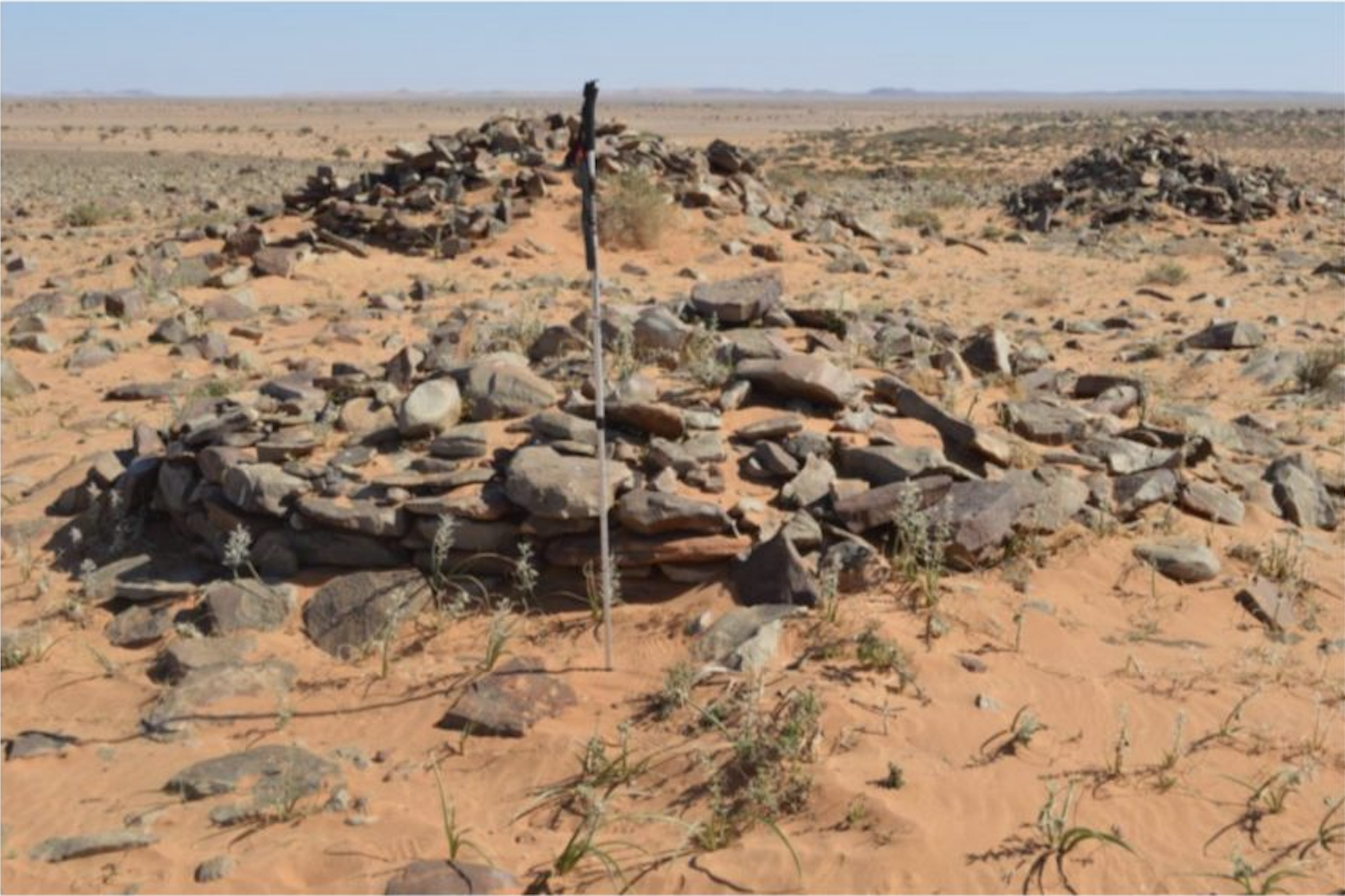Morocco’s Rhamna province, located in the Marrakech-Safi region, has recently become the focal point of archaeological investigations, leading to the remarkable discovery of 44 previously unknown archaeological sites.
The surveys, conducted between April 4 and 19 this year, were carried out by a team of researchers and students specializing in archaeology and geomorphology.
This significant find is part of a scientific cooperation project between Morocco’s National Institute of Archeology and Heritage Sciences (INSAP), Cadi Ayyad University, and Hassan II University, with support from the Ministry of Youth, Culture, and Communication.
According to a press release from INSAP, these initial findings provide compelling evidence that human activity in the Rhamna region dates back over a million years, making it one of the oldest inhabited regions in Morocco compared to other areas of the country.
The survey results shed light on the region’s rich history, offering glimpses into different historical periods.
Among the newly discovered sites, several have been attributed to the “Middle Paleolithic” period, which in Moroccan history spans from 300,000 to 22,000 years ago.
Another notable discovery is a stratified site dating back to the “Upper Paleolithic” period, ranging from 22,000 to 7,000 years ago. This finding is of particular significance as it provides insights into human activity during a crucial transitional phase in Morocco’s prehistoric timeline.
In addition, researchers have identified sites belonging to the Neolithic, or New Stone Age, which occurred in Morocco between 7,000 and 3,000 years ago. The presence of sedentism, a practice involving long-term settlement, and evidence of early agricultural practices have been found in these sites, further illuminating the region’s ancient human civilizations.
Among the sites, two have revealed the presence of historic structures, with one containing an astonishing number of silos. These structures offer valuable clues about past architectural practices and agricultural systems.
Promoting Cultural Tourism And Heritage Exploration
INSAP emphasizes that the province of Rhamna, which has not undergone comprehensive archaeological research on a large scale for more than six decades, possesses remarkable archaeological potential.
Ongoing surveys and excavations as part of an international scientific project are expected to confirm the significance of this region further.
The press release also highlights the potential for incorporating some of the newly discovered sites in the communes of Benguerir, Bouchane, and Sidi Bouothmane into tourist circuits. This integration would provide visitors with a unique opportunity to explore Morocco’s rich archaeological heritage and engage with its ancient past.
Morocco has been the stage for several noteworthy archaeological findings in recent years. In March 2023, archaeologists unearthed an ancient tomb from the “Mauritanian period” in Larache, a city in northern Morocco, estimated to be over 2,000 years old.
Similarly, in December 2022, INSAP announced the discovery of a fossil belonging to the extinct Atlas Lion species, estimated to be 110,000 years old, in Essaouira.
Source: Morocco World News











Add Comment